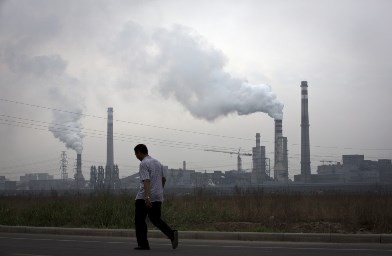China's biodiversity is facing a real threat, according to a recently released report by the World Wild Fund for Nature. The report states that degradation of nature and habitat loss are the two key threats to the country's biodiversity.
"Habitat loss and degradation of nature caused by human activities and development are the most significant threats to biodiversity in China," said Li Lin, the program executive director of WWF China, which released their Living Planet Report China 2015 on Thursday, Nov. 12.
"Excessive hunting and climate change are also significant threats to amphibians, reptiles and mammals," added Li.
According to China.org.cn, Qinghai Province and the Tibet Autonomous Region are the only two regions in China that have a so-called ecological surplus that allows the environment to meet the demands of their local populations.
How does one measure the ecological surplus of a place?
Researchers examine and analyze a region's regional biocapacity, which indicates the level of biological materials the region can produce. Such materials include natural resources and the ability to filter harmful elements such as carbon dioxide from the atmosphere.
Based on the report by the World Wild Fund for Nature, the majority of cities in China is experiencing an ecological deficit.
The number of terrestrial vertebrates in the country has declined to half of its original population, and its ecological footprint has doubled since the 1970s. Meanwhile, China's amphibian and reptile population dropped by 97.44 percent.
Despite the dire circumstances, three Chinese regions have the ability to undergo a turnaround to ecological surplus. These provinces are Inner Mongolia, Yunnan Province and Hainan Province.
"Large-scale ecological construction in these areas is expected to bring about a rapid return to ecological surplus," said Li. "The nature of resource development and industrial transformation in Xinjiang make it less likely to return to ecological surplus in the immediate future."



























